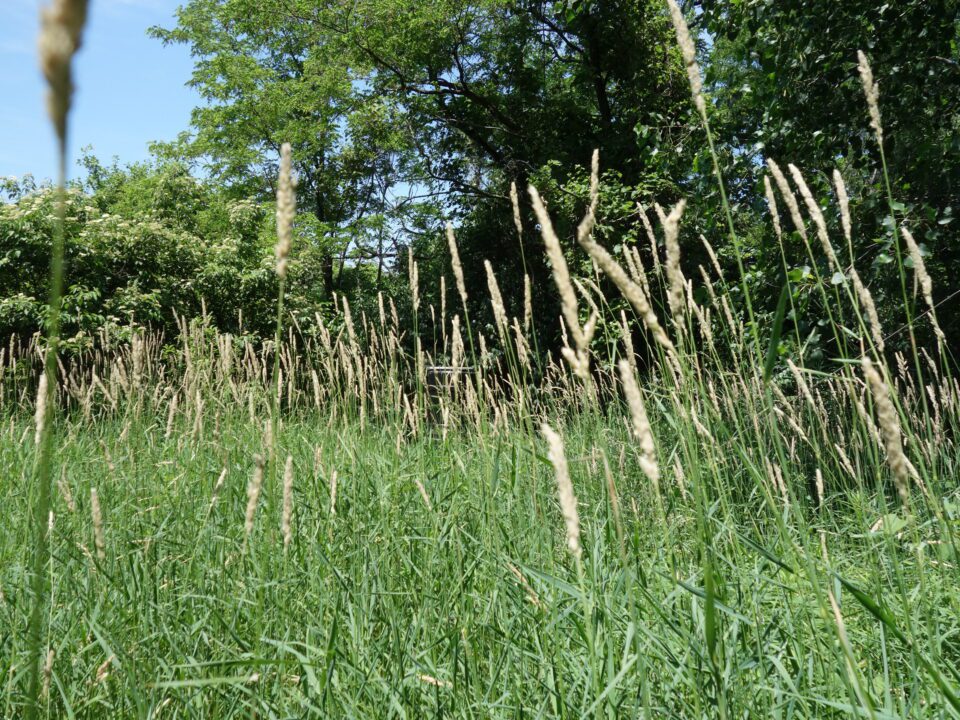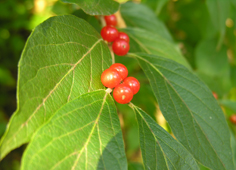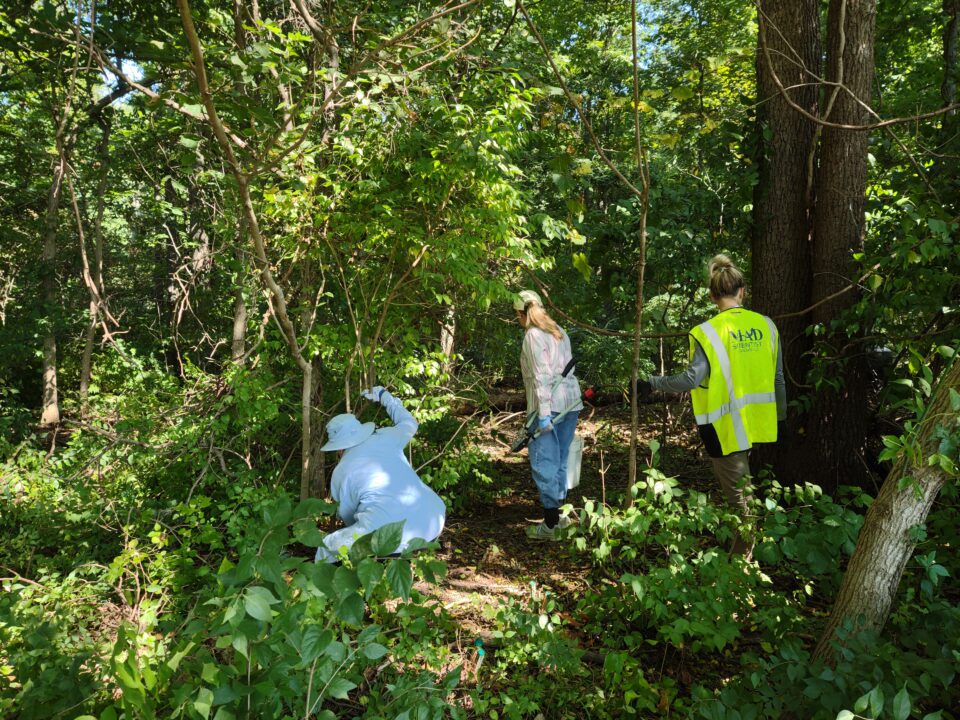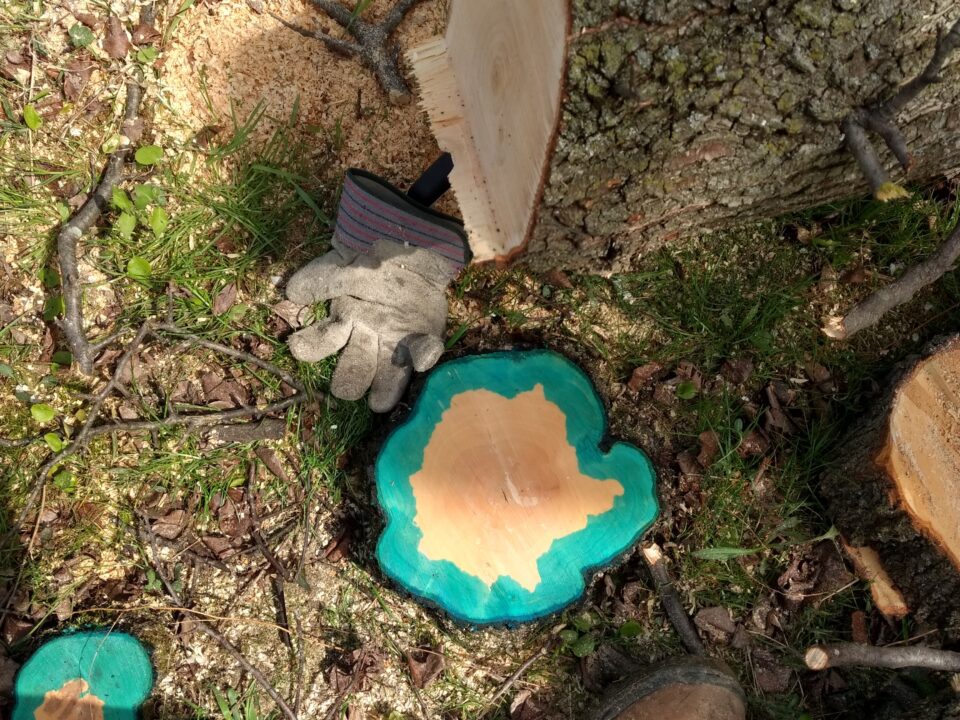March 1, 2024
By: Cody Wright March 3, 2022 One NNIS that doesn’t get quite enough attention is Reed Canary Grass (Phalaris arundinacea). Beginning in the 1800s, this grass has been widely used as livestock forage, for erosion control, and in landscaping. Reed Canary Grass (RCG) prefers moist, poorly-drained soils but can be found thriving in various types of habitats. From standing water to dry upland areas, this plant is highly adaptable. This adaptability, along with the production of easily dispersed seed and dense biomass via rhizomes, is what gives this plant it’s invasive nature. While it has been determined that there is a native genotype of Phalaris arundinacea, it is not possible to distinguish this difference without genetic analysis. In a field-setting, then, this simply cannot be […]







